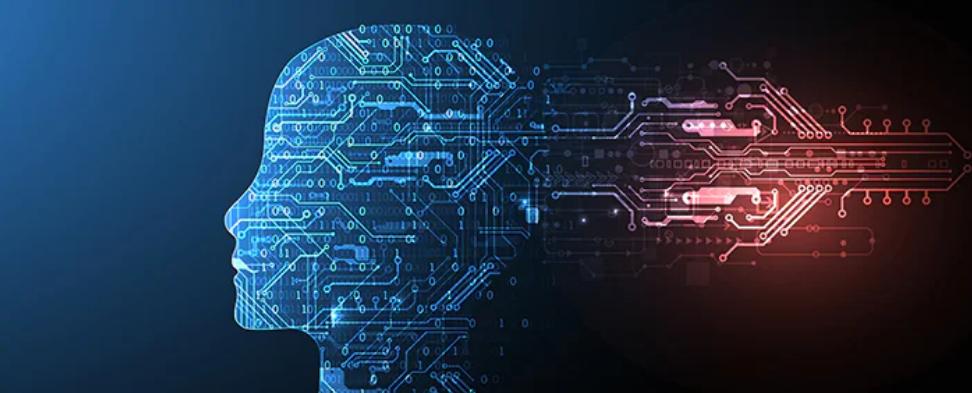
American researchers have developed a new technology that utilizes artificial intelligence (AI) to collect complex brain signals and convert them into audible speech in real-time, almost simultaneously with an individual attempting to speak, representing a huge leap in the field of brain computer interfaces (BCI). This artificial intelligence technology, jointly developed by the University of California, Berkeley and the University of San Francisco, which converts brain signals into speech in real-time, has undoubtedly sparked a revolution in the field of brain computer interfaces (BCI). It is not only a milestone in technological development, but also reflects that human society is at a critical turning point of deep integration between biotechnology and artificial intelligence.
From a technological perspective, this breakthrough represents the forefront exploration of the combination of AI and neuroscience entering the application stage. Brain computer interface technology has long been seen as a symbol of science fiction, but now it is becoming a reality. Especially with the rapid development of big language models and neural networks, AI is no longer just a tool for "recognition" and "prediction", but is becoming a carrier for "expression" and "empowerment". This technology can convert complex and weak brain signals into clear speech output, and its core lies in the improvement of AI's ability in neural signal decoding and real-time processing.
From a societal perspective, this technology will bring unprecedented hope to millions of patients worldwide who suffer from aphasia due to stroke, ALS, cerebral palsy, or severe trauma. In today's society where information exchange has become a fundamental prerequisite for social participation, this technology not only restores people's "voice", but also restores their "identity" and "sense of existence". What it achieves is not only the compensation of individual abilities by technology, but also the combination of humanistic care and technological warmth.
But at the same time, the development of this technology has also exposed an important historical question: where is the boundary between AI and the human brain?
The terror of technology lies not in its power, but in its ability to 'understand the deepest level of human privacy' - the mind. In the increasingly mature future of brain computer interfaces, who will define the ownership of these brain signals? Is there a risk of abuse or surveillance? How will this' mind reading 'technology be regulated? These issues all point to a huge gap in the current global ethical, security, and regulatory framework for artificial intelligence.
Taking the United States as an example, although it is at the forefront of AI and BCI research, there is still a lack of a systematic legal system to regulate the use of these emerging technologies. In the context of increasingly fierce technological competition between China and the United States, the release and dissemination of such cutting-edge technologies inevitably carry a certain sense of "technological display" or even "strategic deterrence".
At the same time, the development of similar technologies may further exacerbate the digital divide. If only a few developed countries master and monopolize such core technologies, their applications are likely to first serve the high-end medical market rather than being widely promoted to global patients in need. This kind of 'technological elitism' will further marginalize previously disadvantaged groups, violating the original intention of technological inclusiveness.
From a global perspective, technology giants such as China and the European Union are also intensifying their efforts in the field of brain computer interfaces. In the competition for the integration of artificial intelligence and neuroscience, who can take the lead in transforming technology into affordable, regulated, and sustainable public services will have an advantage in the future international discourse competition.
Overall, the release of this technology is exciting. It is not only a peak in scientific research, but also a heartfelt response of humans to "sound" when facing physiological limits. But it also reminds us that while admiring technological miracles, we must face the power relations and ethical concerns behind technology.
We have entered an era where 'technology is destiny'. Brain computer interface is not just a symbol of scientific progress, it is more like a mirror reflecting the entire process of how humans define themselves, transform themselves, and even surpass themselves. Technology changes sound, but ultimately it is the institutions, ethics, and wisdom of our society that determine how sound is used and heard.

Due to the continuous decrease in rainfall and the rapid drop in groundwater levels, several large sinkholes have successively appeared in several agricultural areas in central Turkey in recent years, causing great concern among local farmers and environmental experts.
Due to the continuous decrease in rainfall and the rapid dr…
The Prime Minister's Office of Israel said Hamas attacked I…
Fourteen countries including the United Kingdom, France and…
The US Department of Justice said on Wednesday (December 24…
The Japanese government has submitted a draft, planning to …
On December 25th local time, NVIDIA announced a technology …